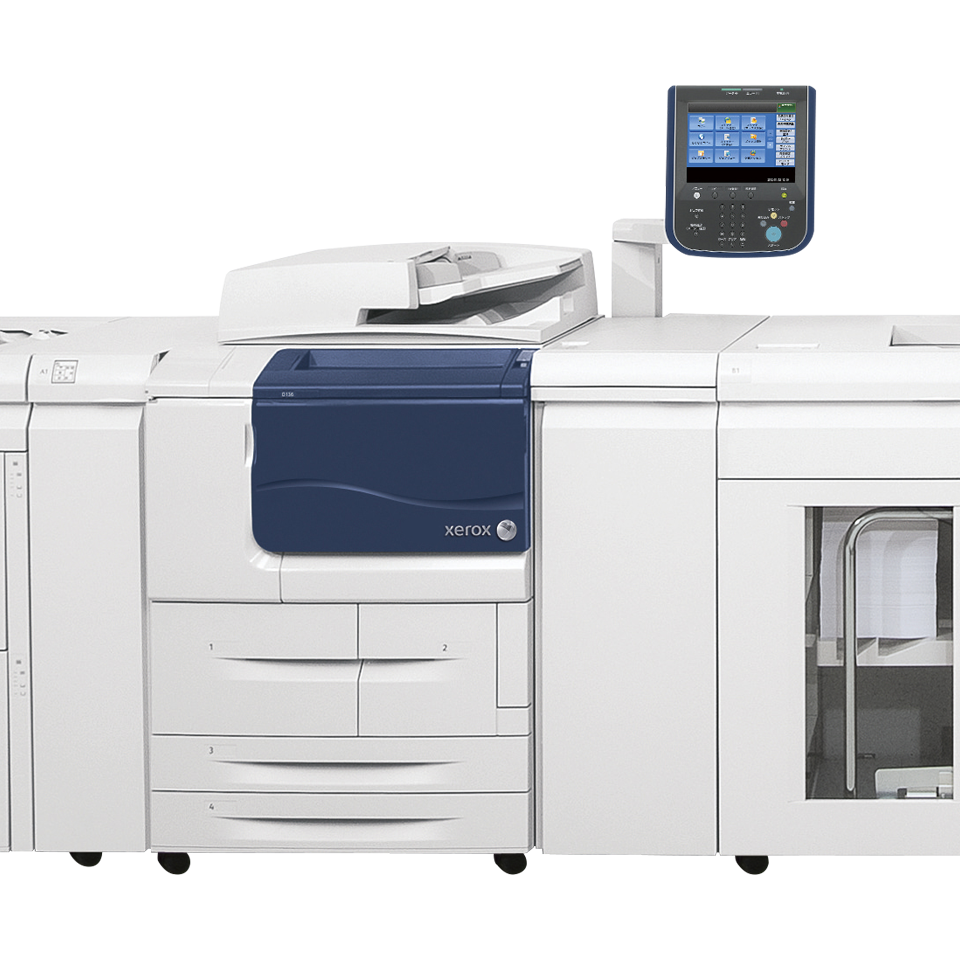Our Scanners Ideas</h1> <p>Memory requirements raise with the square of the dots per inch, so 600 dpi calls for a minimum of 4 megabytes for grayscale, as well as 16 megabytes for color (still at 600 dpi). For fully graphical result using a web page summa
Memory needs enhance with the square of the dots per inch, so 600 dpi needs a minimum of 4 megabytes for monochrome, as well as 16 megabytes for color (still at 600 dpi). For totally visual output making use of a page summary language, a minimum of 1 megabyte of memory is required to store a whole monochrome letter/A4 sized page of dots at 300 dpi.
A common 8.5 × 11 sheet of paper has 0.25-inch (6.4 mm) margins, reducing the area to 8.0 by 10.5 inches (200 mm × 270 mm), or 84 square inches. 84 sq/in × 90,000 dots per sq/in = 7,560,000 dots. 1 megabyte = 1,048,576 bytes, or 8,388,608 bits, which is simply huge enough to hold the entire web page at 300 dpi, leaving regarding 100 kilobytes to spare for use by the raster photo cpu.
Throughout the 1980s, memory chips were still very pricey, which is why entry-level printer because age constantly featured four-digit suggested list prices in US dollars. Memory costs later plunged, as well as 1200 dpi printers have been extensively readily available in the consumer market given that 2008. 2400 dpi electrophotographic printing plate manufacturers, essentially laser printers that publish on plastic sheets, are also offered.
An A/C prejudice voltage is put on the primary cost roller to eliminate any kind of recurring charges left by previous photos. The roller will certainly also apply a DC predisposition on the drum surface area to guarantee an uniform adverse potential. Many patents [] describe the photosensitive drum coating as a silicon http://edition.cnn.com/search/?text=office automation sandwich with a photocharging layer, a charge leakage obstacle layer, along with a surface area layer.
Laser light precisely counteracts the negative charge on the photoreceptive drum, to form an electrostatic picture Laser device from a Dell P1500. The white hexagon is the revolving scanner mirror. A printer uses a laser due to the fact that lasers have the ability to form very concentrated, specific, and also intense beams, especially over the brief distances within a printer.
The drum continues to turn during the sweep, and https://printerline.co.il/ כבל רשת 10 מטר the angle of move is canted really somewhat to compensate for this movement. The stream of rasterized information held in the printer's memory swiftly transforms the laser on and off as it brushes up. The laser beam of light counteracts (or turns around) the fee on the surface of the drum, leaving a static electric negative image on the drum's surface area which will push back the adversely billed printer toner particles.
Indicators on Ink Cartridge You Should Know
Some non-laser printers (LED printers) make use of an array of light-emitting diodes extending the size of the web page to produce a photo, instead of using a laser. "Revealing" is also understood as "creating" in some documents. As the drums revolve, toner is constantly applied in a 15-micron- thick layer to the designer roll.
Toner includes great particles of dry plastic powder blended with carbon black or tinting agents. The toner bits are given an adverse charge inside the toner cartridge, and also as they arise onto the designer drum they are electrostatically attracted to the photoreceptor's concealed photo (the locations externally of the drum which had actually been struck by the laser).

A sheet of paper is then rolled under the photoreceptor drum, which has actually been coated with a pattern of printer toner fragments in the exact places where the laser struck it moments before. The printer toner particles have an extremely weak destination to both the drum and the paper, but the bond to the drum is weak and also the fragments transfer once more, this time around from the drum's surface to the paper's surface.
Toner is fused onto paper with heat and stress The paper goes through rollers in the fuser setting up, where temperature levels up to 427 ° C (801 ° F) and also stress are used to completely bond the printer toner to the paper. One roller is typically a hollow tube (warm roller) and the other is a rubber backed roller (stress roller).

For correct bonding of the toner, the fuser roller need to be evenly hot. Some printers make use of a really slim adaptable steel aluminum foil roller, so there is less thermal mass to be heated up and the fuser can quicker reach operating temperature level. If paper relocates through the fuser more gradually, there is more roller contact time for the toner to melt, as well as the fuser can operate at a reduced temperature.
Magnification of shade laser printer result, revealing private printer toner bits making up 4 dots of an image with a bluish background As the drum finishes a transformation, it is subjected to an electrically neutral soft plastic blade which cleans up any staying printer toner from the photoreceptor drum and deposits it right into a waste storage tank.